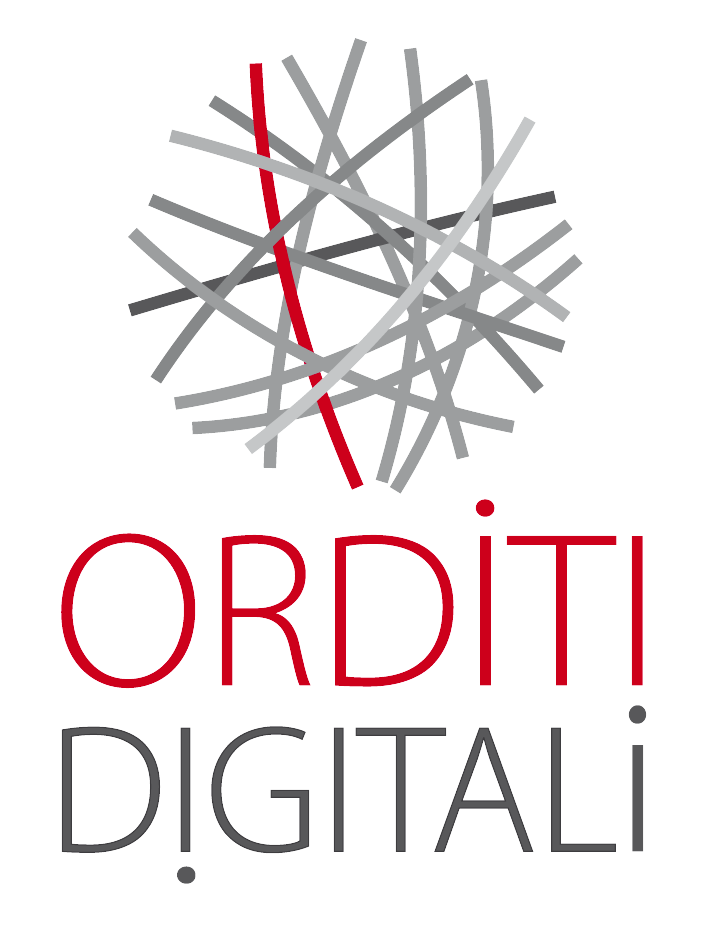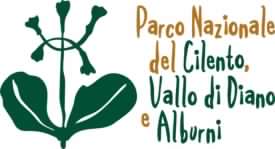Interesting archaeological textiles, which fortunately have come down to us, show that since the dawn of time man has used the orthogonal warp-weft weave to obtain products suitable to meet the most diverse needs of symbolic representation, aesthetic expression and practical use. Just as, according to Democritus, it was the spider who had taught humanity the art of weaving, and according to Plutarch the canvas it weaves, admirable for the fineness of the thread, is a model of perfection for them. In short, this peaceful animal that weaves its refined canvas in quiet and secluded places could lend itself to become a perfect symbol of the virtues that ancient culture permanently associated with women, a model of industriousness and secluded life in the closed domestic space (from “La strategia del ragno, ovvero la rivincita di Aracne … “by Gianpiero Rosati)
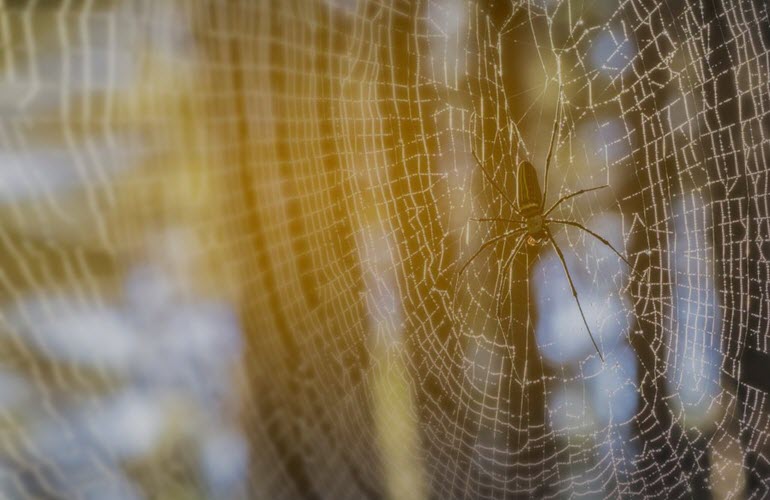
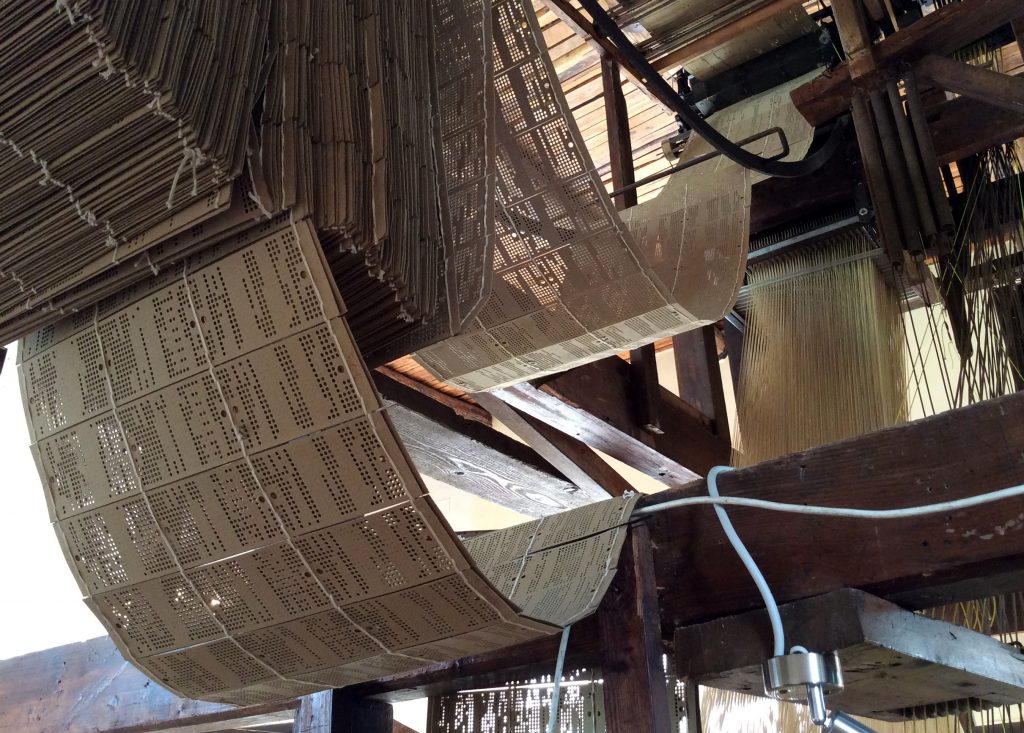
Weaving is an art: the art of building a fabric by weaving the warp threads with the weft threads. Weaving is the first complex activity, a word that comes from cum-plectere, in which one, the warp, always opens up to accommodate the weave that only in this way can it pass through in a succession of round trips. The threads tell in many ways and are at the same time tool and language, tool for producing well-being (heating, decorating, …) and language for expressing the history and traditions of a people.
For my productions I chose to start working with an inkle loom, a loom designed to weave long and very resistant bands of fabric. You can create complex designs with the types of yarn you prefer and weave belts, straps, ribbons, chokers, and more. It has compact dimensions, it is easy to carry. I can work on it in the laboratory, at home or on vacation, in the park or by the sea, in winter or summer, and so depending on where I am and what I observe and listen to … I choose colors and threads … so creations are born that dialogue with the world around me. Obviously, many other means can be used to build a fabric, from the simplest, a notched cardboard, some sticks or a wooden frame, to more complex ones such as a jacquard loom or an industrial one. The yield, i.e. the quality, complexity and size of the fabric obtained is related to the technical characteristics of the medium used.
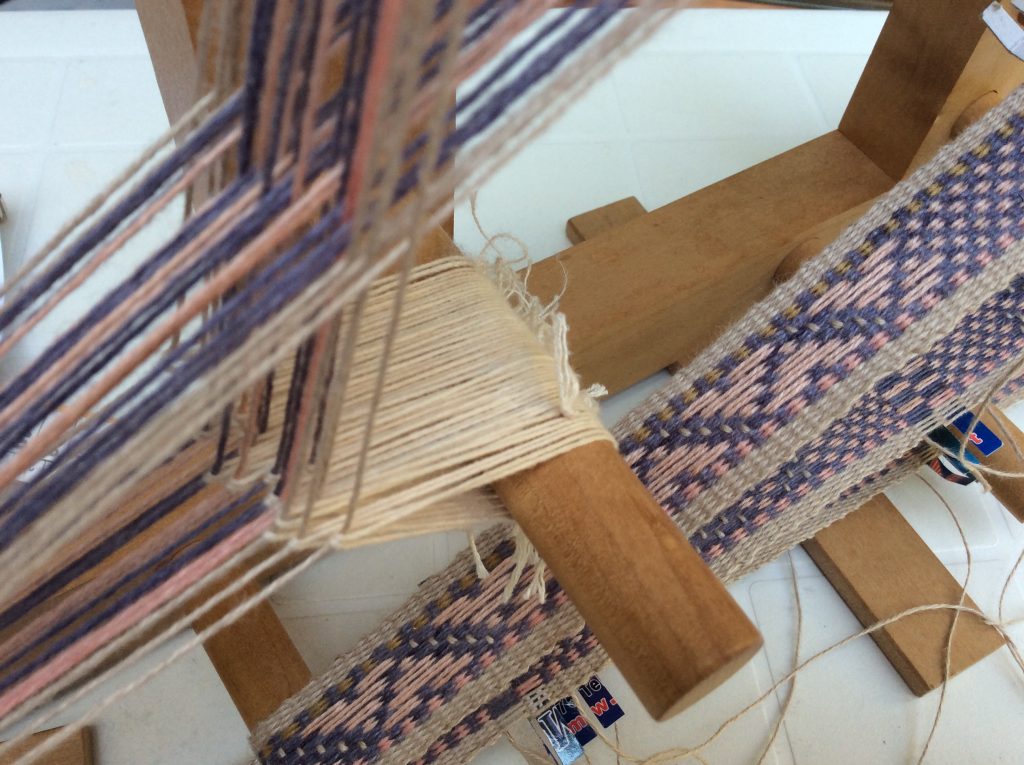
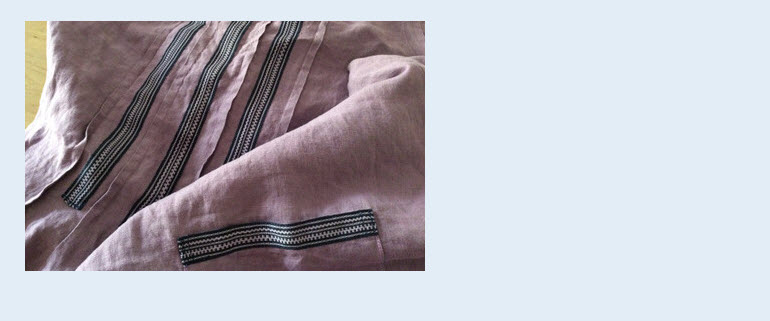
A place, a story, a music, a picture, a photo, a particular yarn, a favorite color, a decorative motif, the desire to give a new life to an old dress, are all elements that allow you to stimulate the design of a new textile product and the production of a unique object with its distinctive character and to give life to a new applied weaving project.
